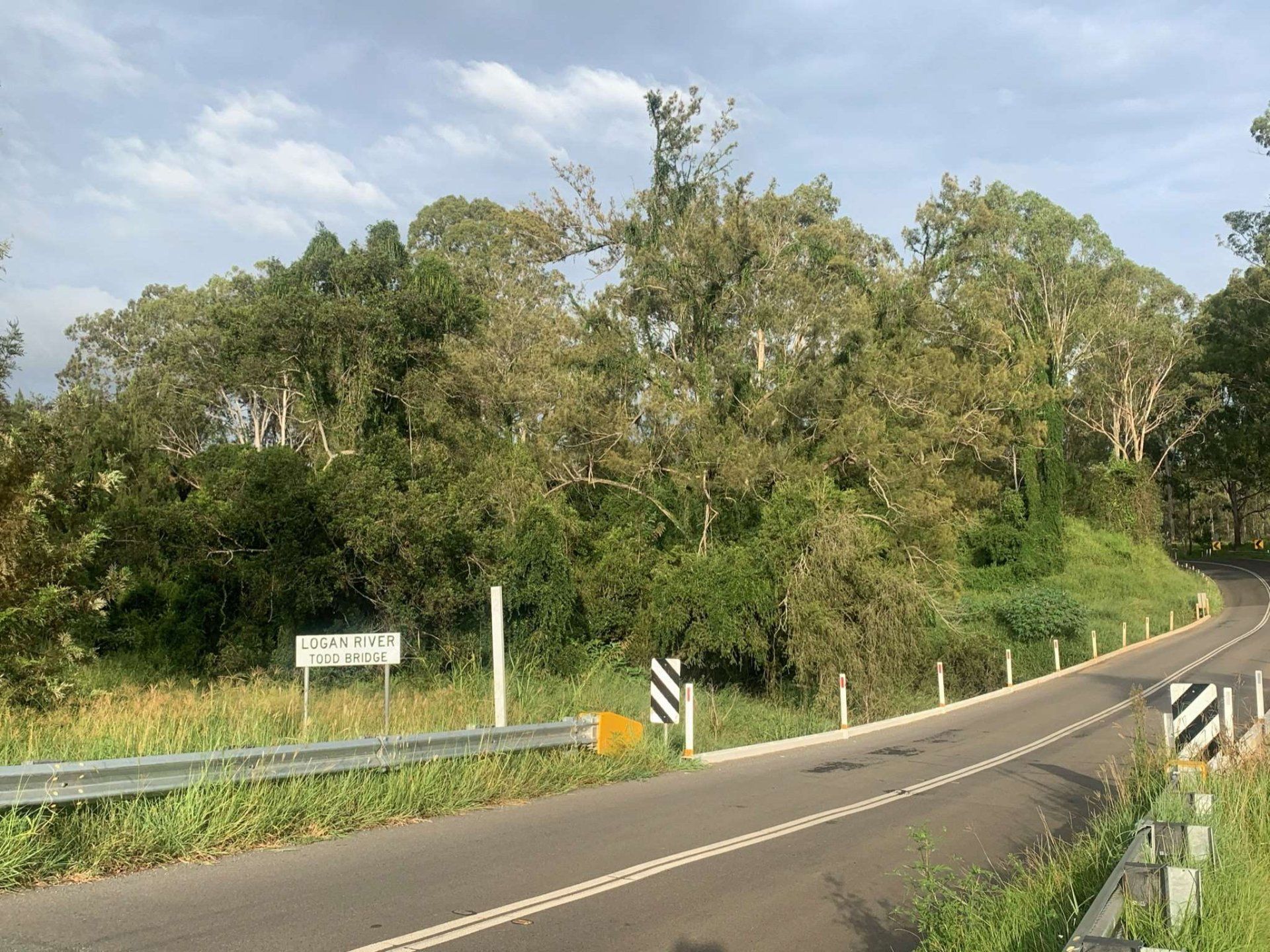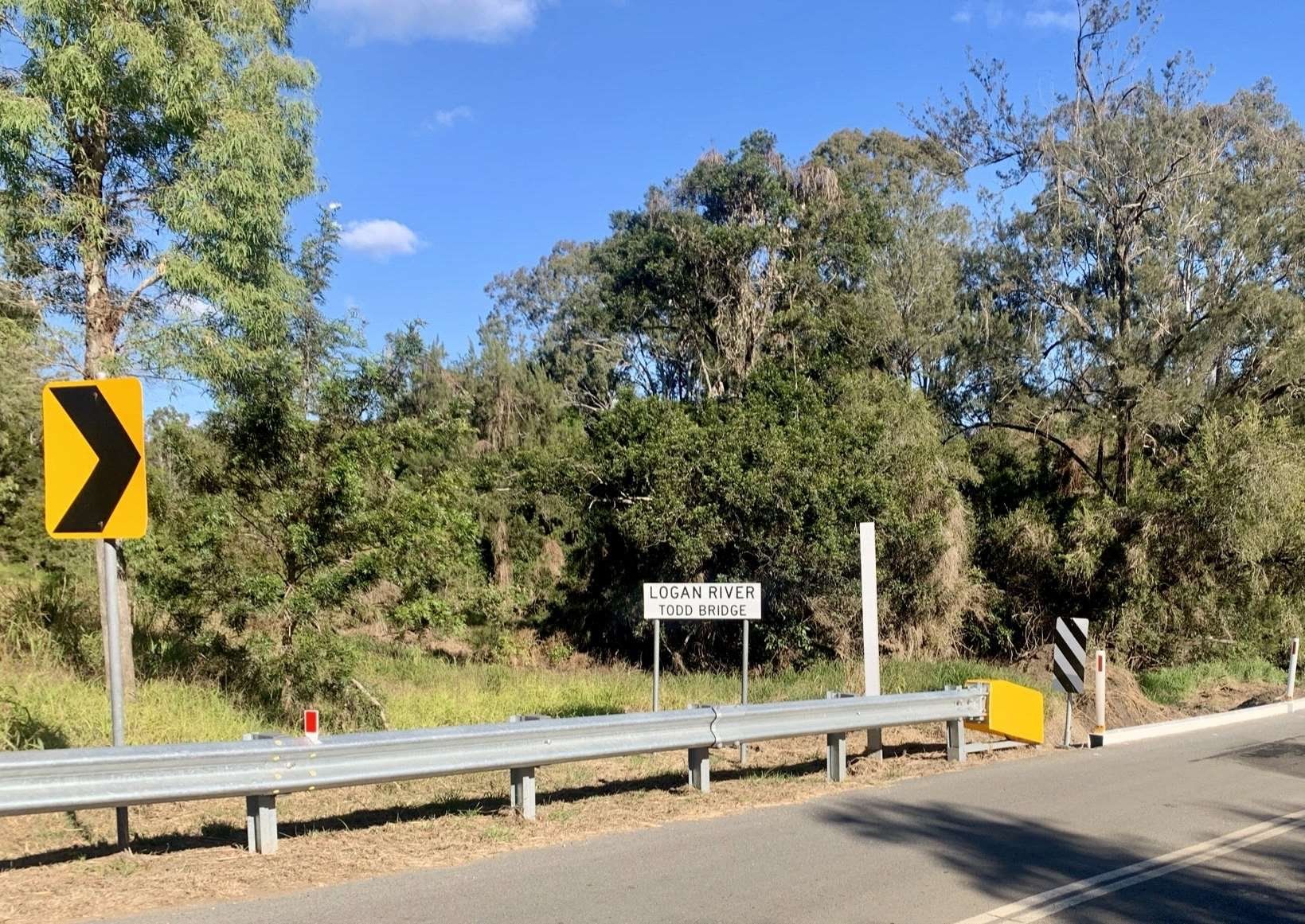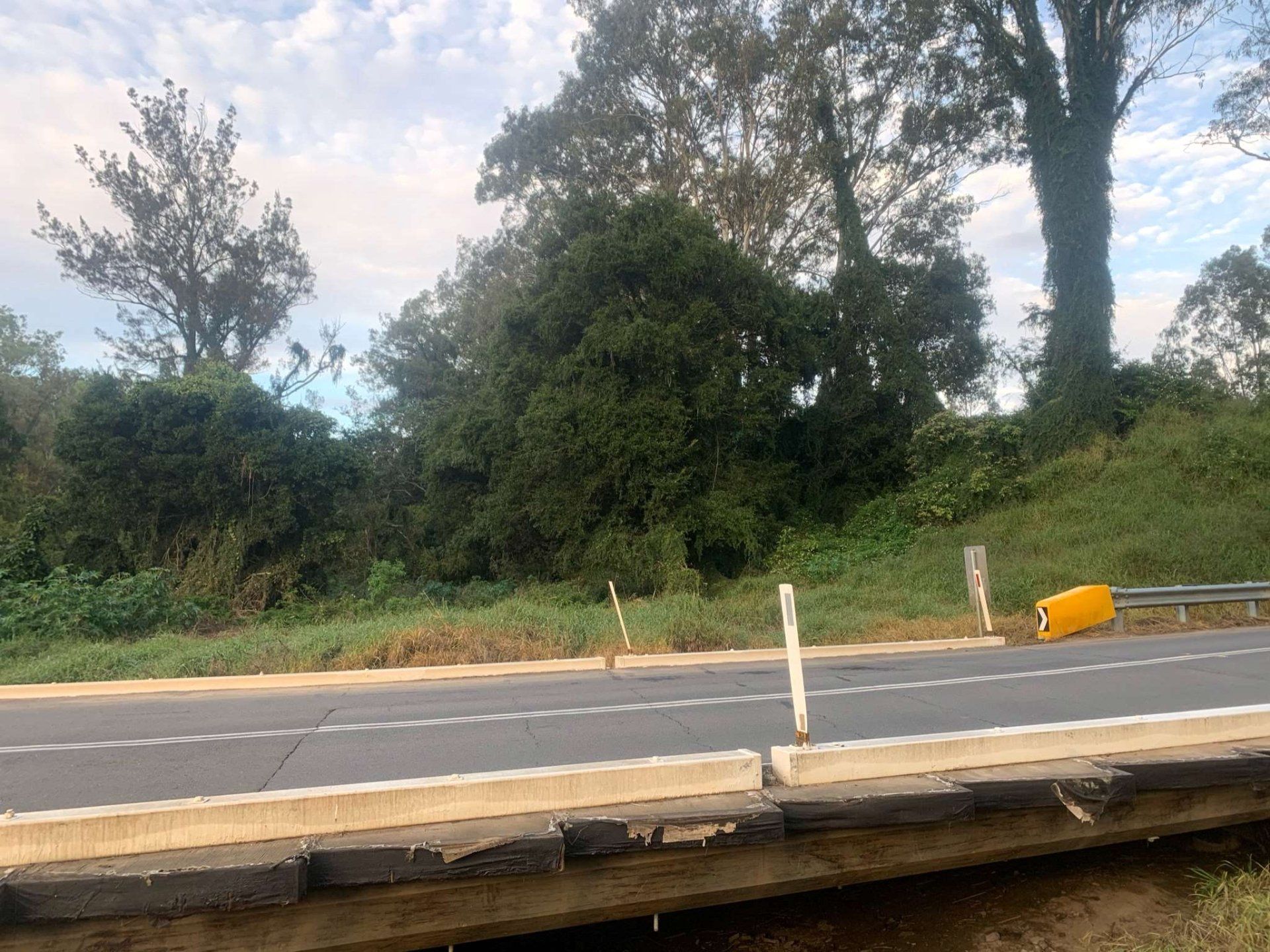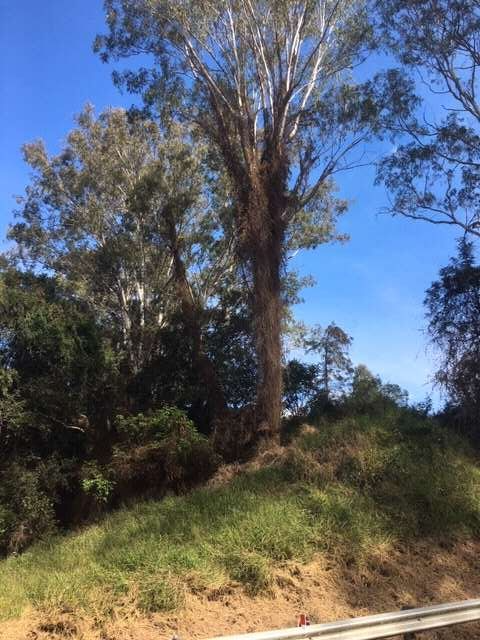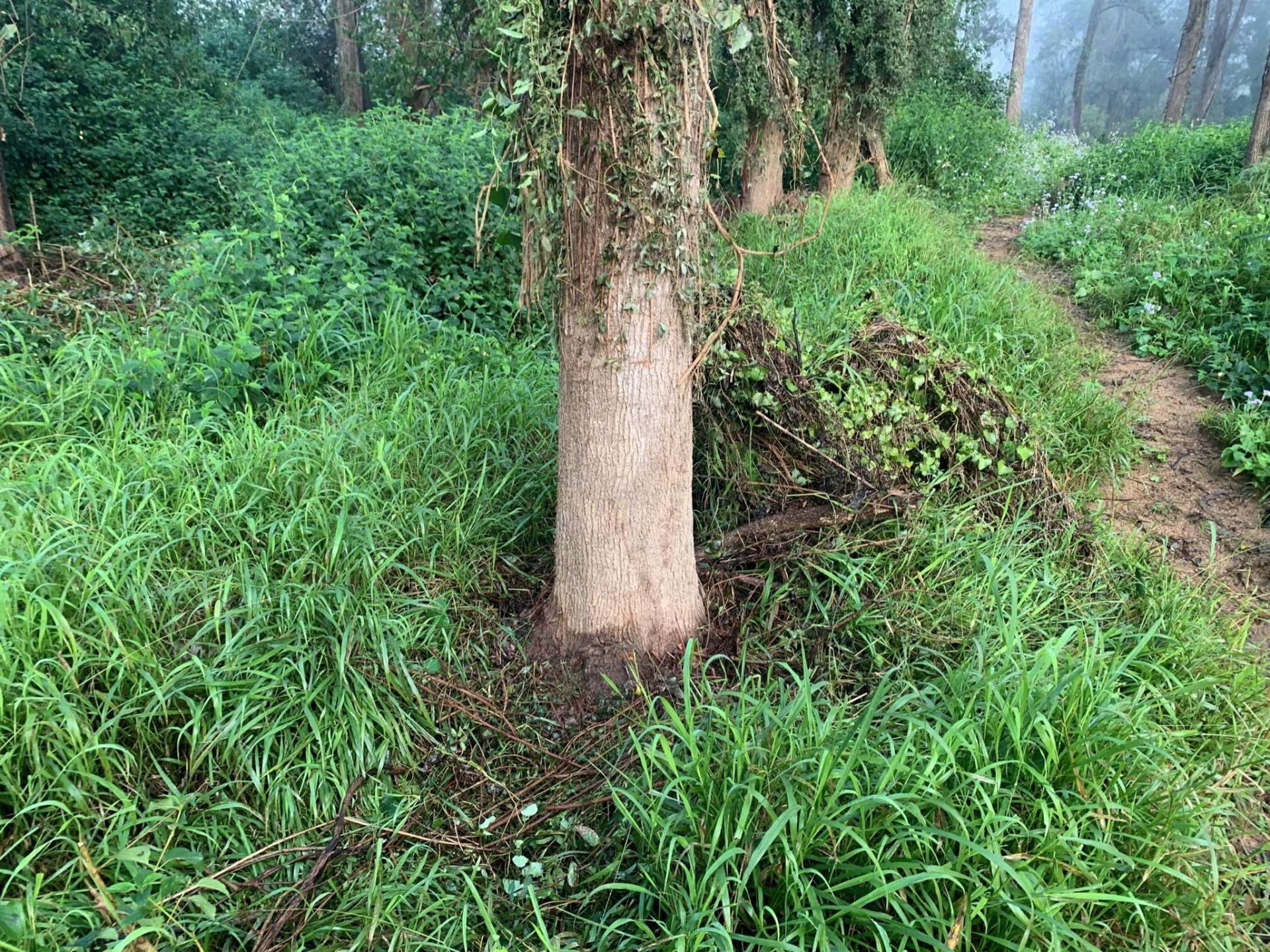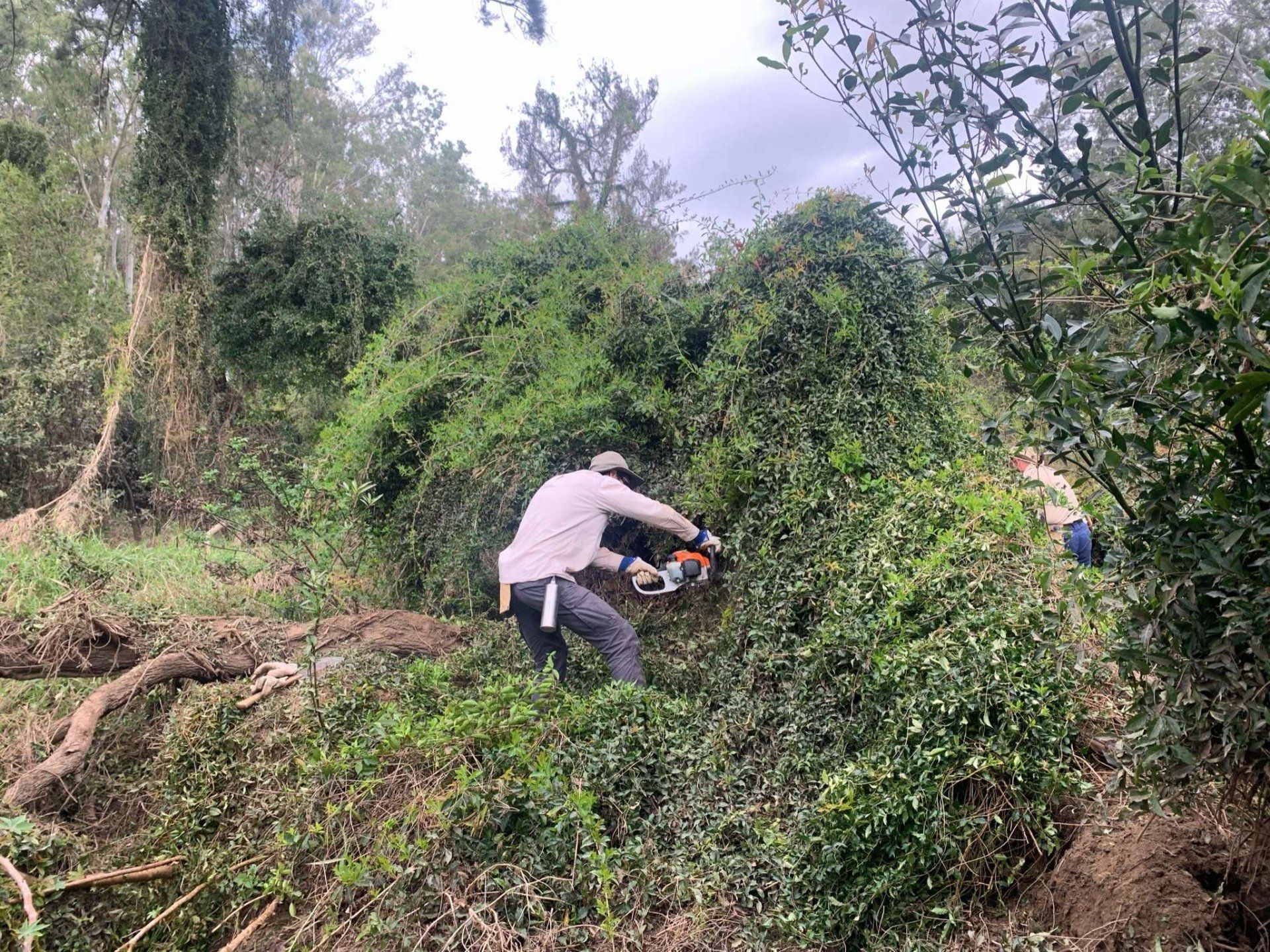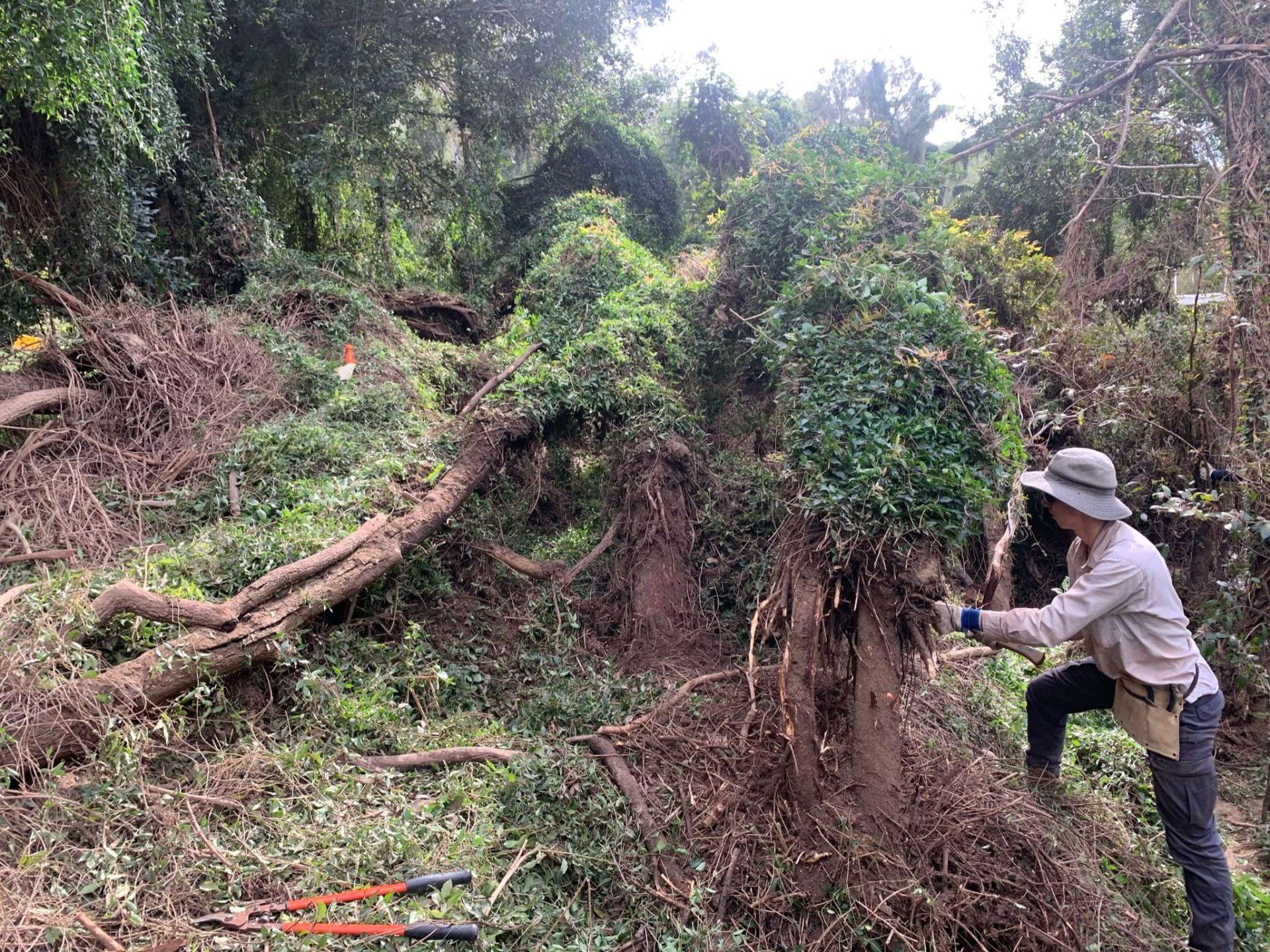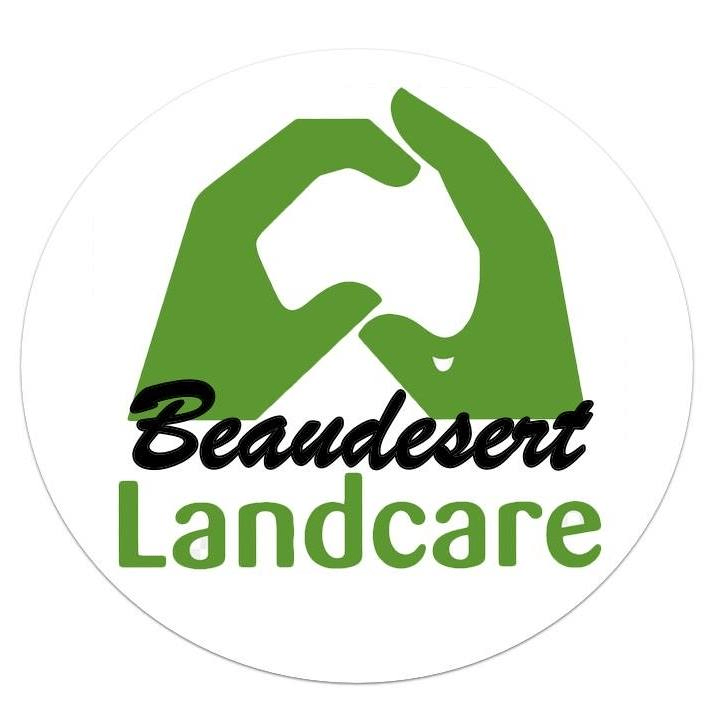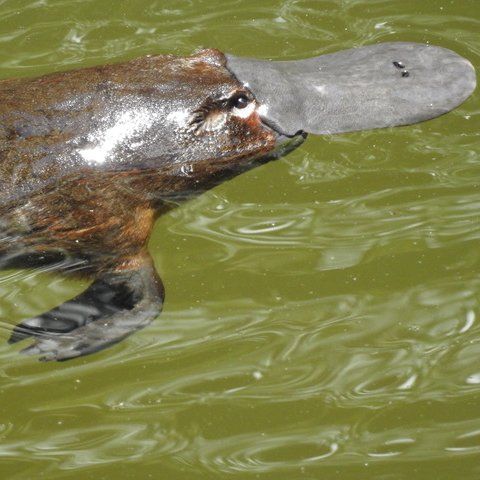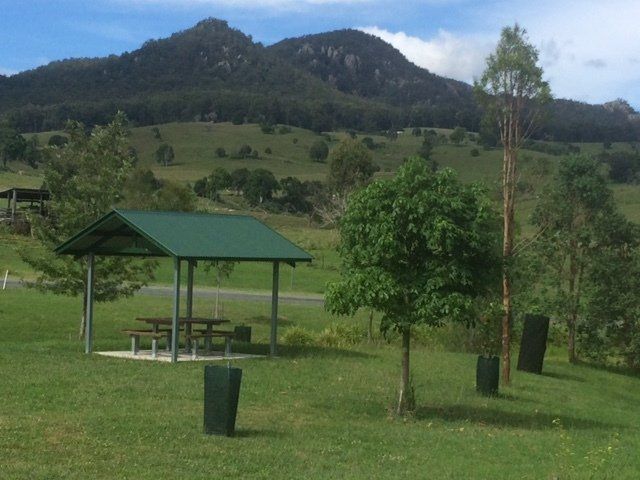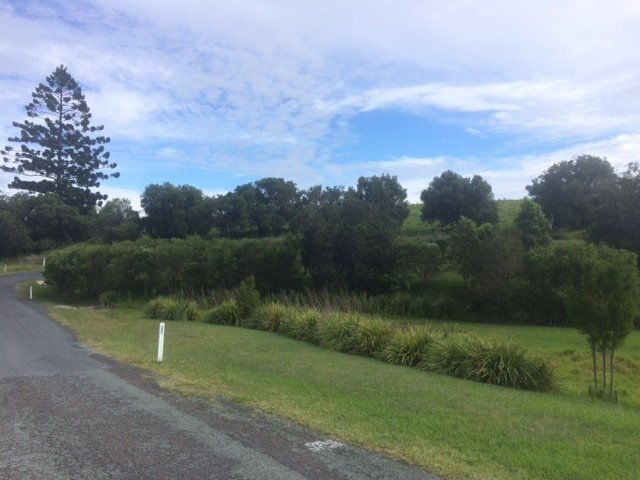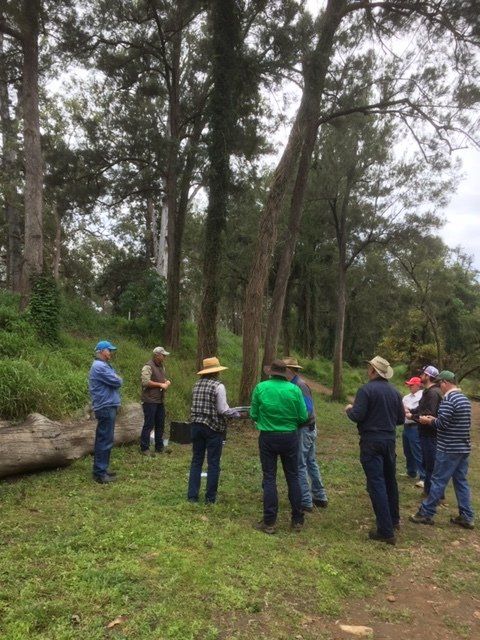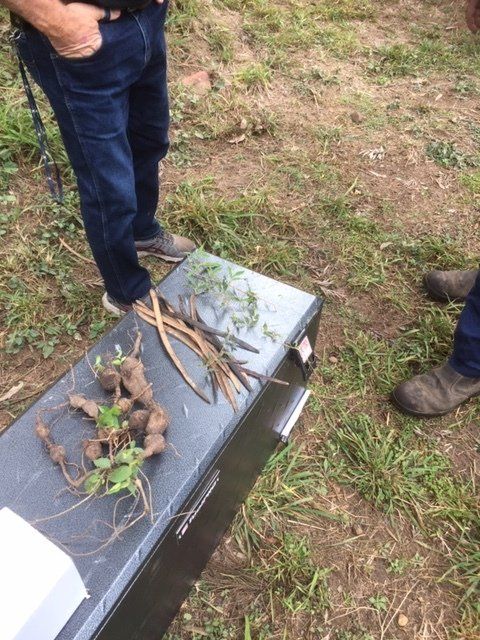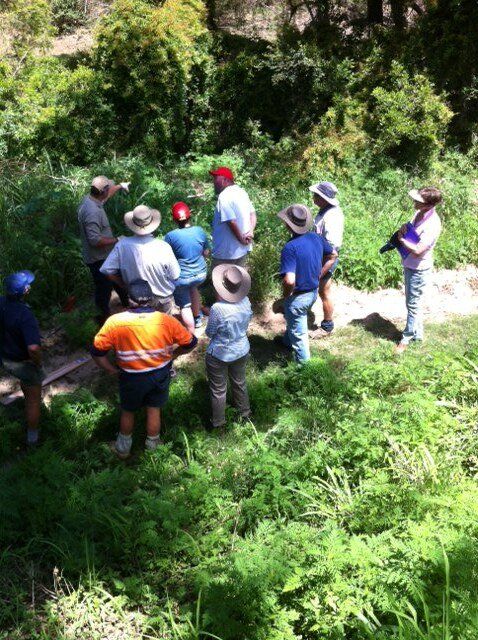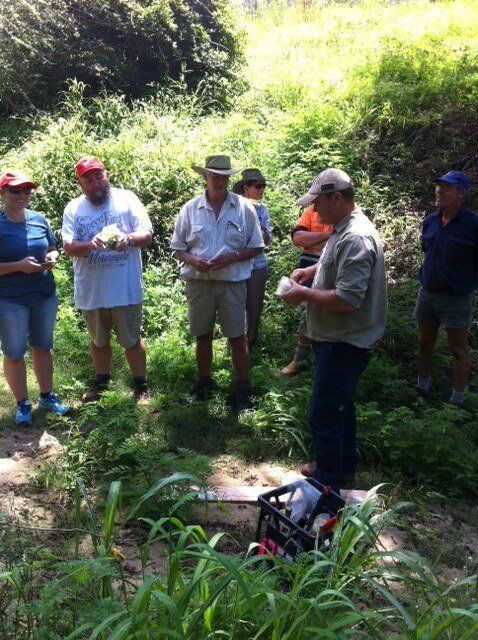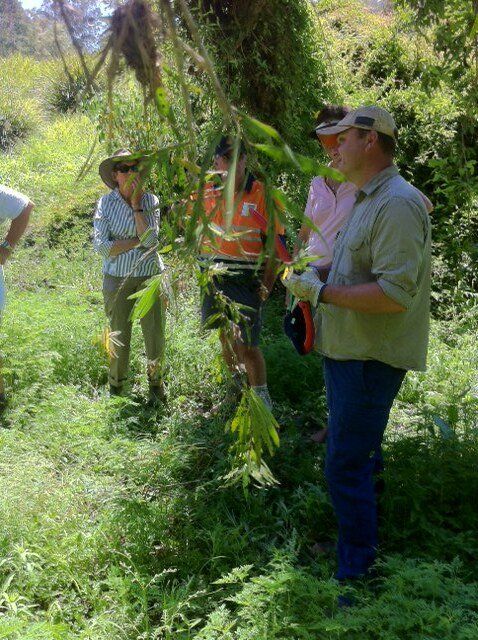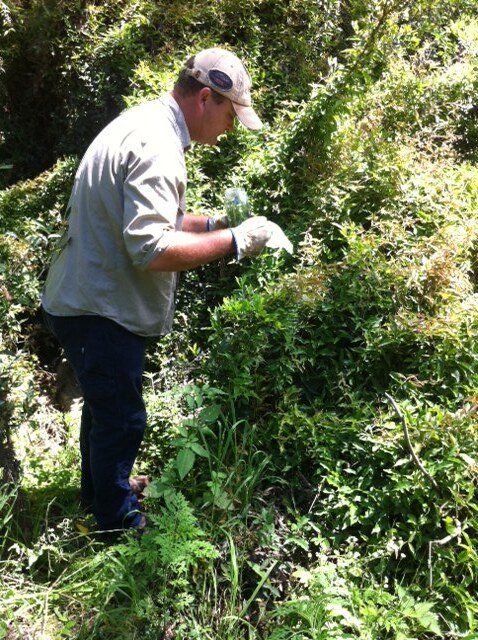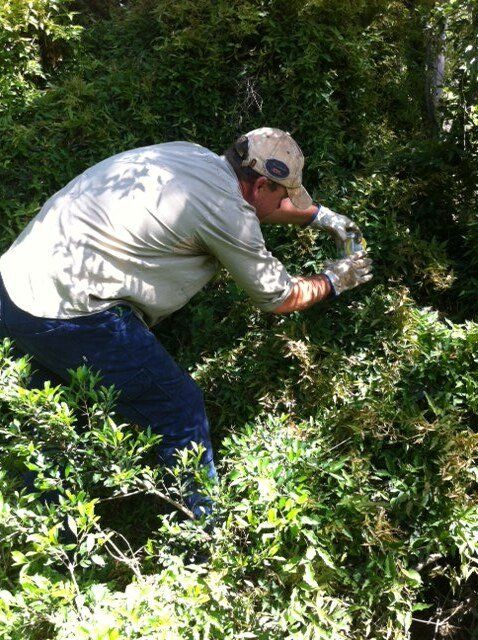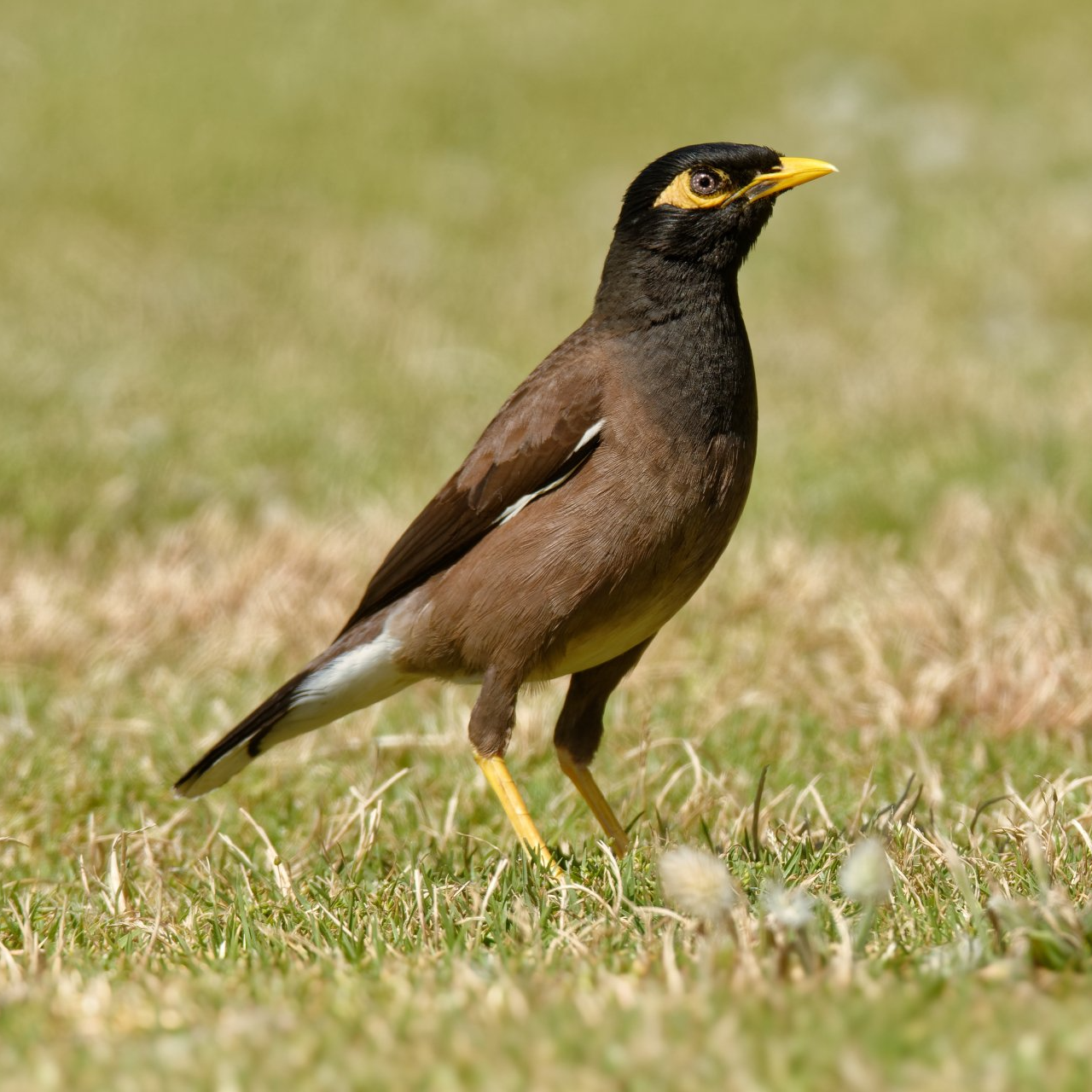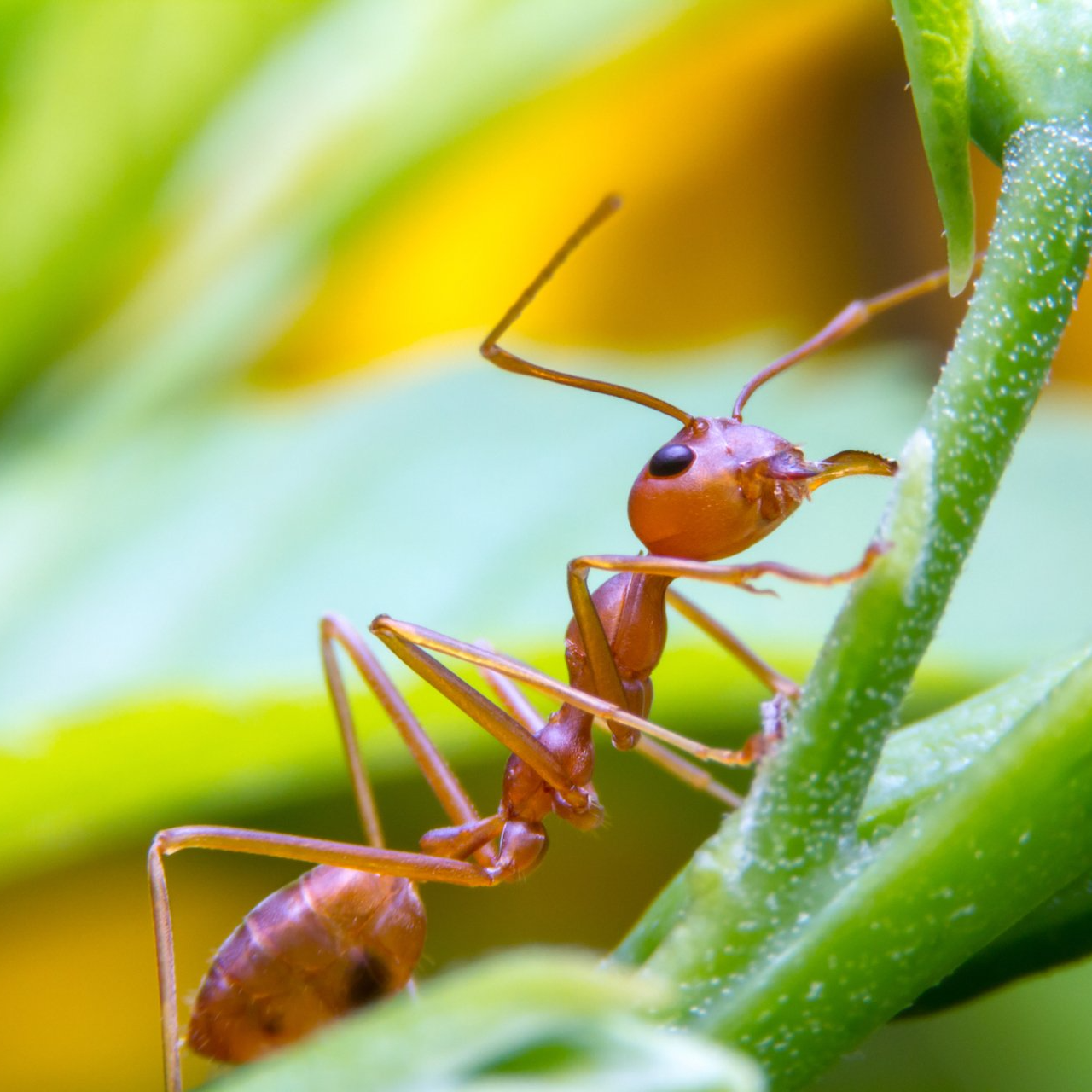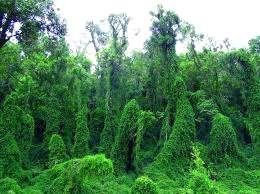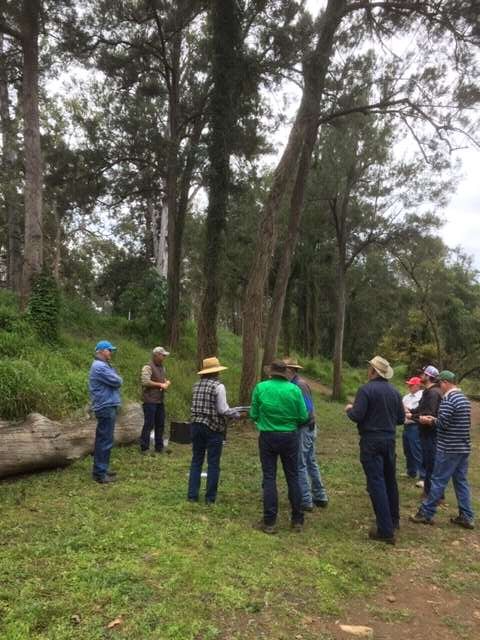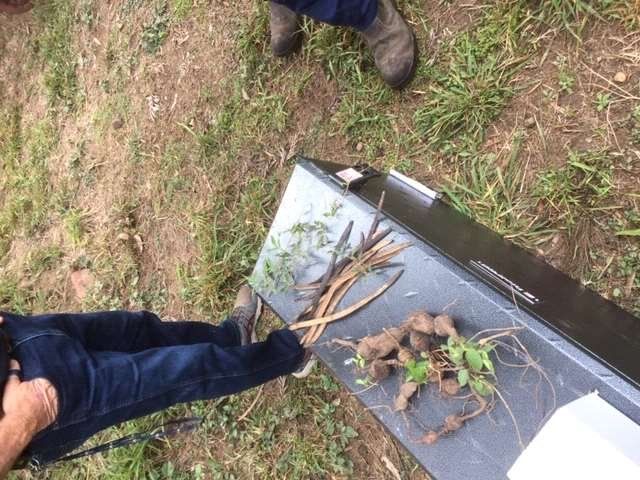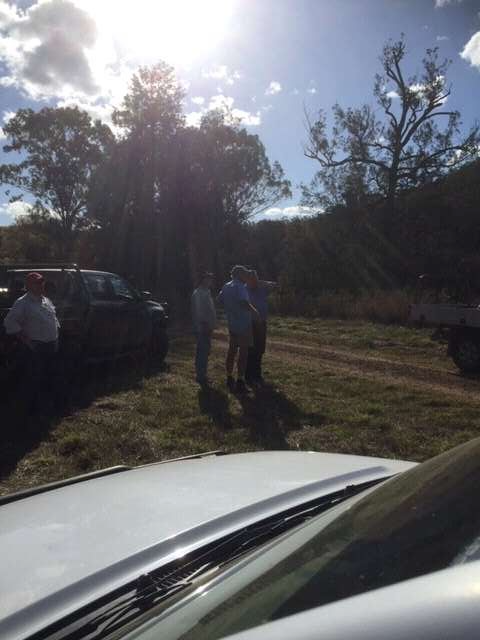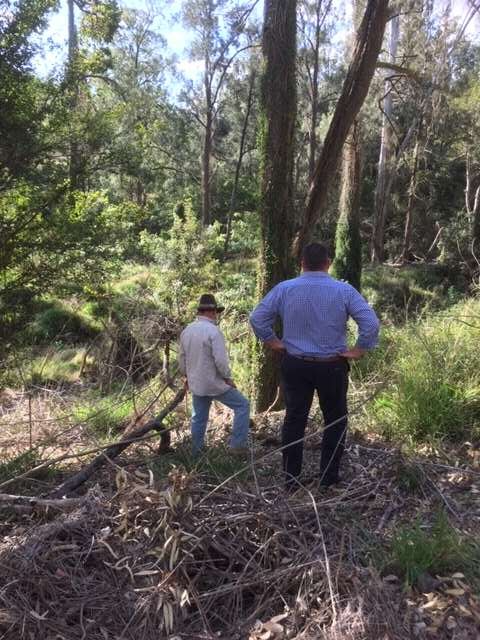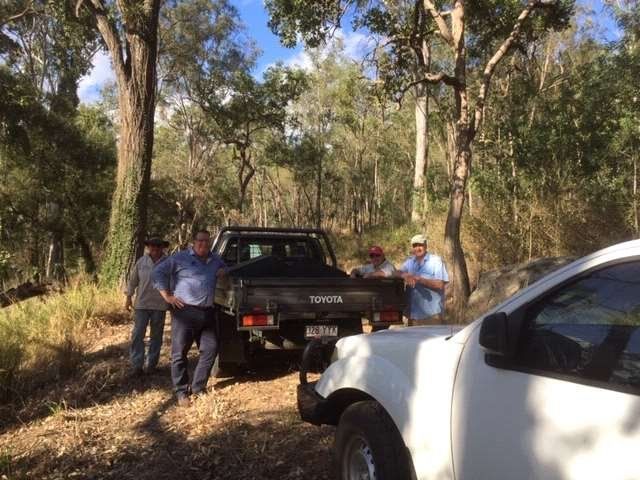Projects
Beaudesert Landcare - Cane Toad Tadpole Trapping Workshop
Watergum partnered with Beaudesert Landcare and Scenic Rim Regional Council (Land for Wildlife) to deliver a cane toad tadpole trapping workshop.
Friday, December 6 · 5:30 - 8:30pm AEST
Location Biddaddaba QLD 4275

Watergum's Cane Toad Tadpole Trapping came to the Scenic Rim!
Watergum partnered with Beaudesert Landcare and Scenic Rim Regional Council to deliver a hands-on cane toad tadpole trapping workshop and toad bust.
Beaudesert Landcare purchased four traps to lend out to interested participants for use on private properties and this is a fantastic opportunity to learn how to effectively use them. We lent the four traps out on the night and are expecting great results with the breeding season well under way. More traps will be out with other participants in the near future.
Did you know? Cane toads are toxic at every life stage and female cane toads can lay up to 35,000 eggs at a time! This presents danger to our pets, wildlife and agriculture. We heard a presentation on how to identify cane toads, reduce toad numbers, toad-proof your water-bodies and get hands-on experience tadpole trapping.
Watergum provided
- a live demonstration of tadpole trapping with opportunities for participants to get involved,
- delivering an educational talk on the impacts and background of cane toads,
- how you can control toads in your area and a lesson in cane toad ID,
- how to remove the tadpole trap and collect your caught cane toad tadpoles.
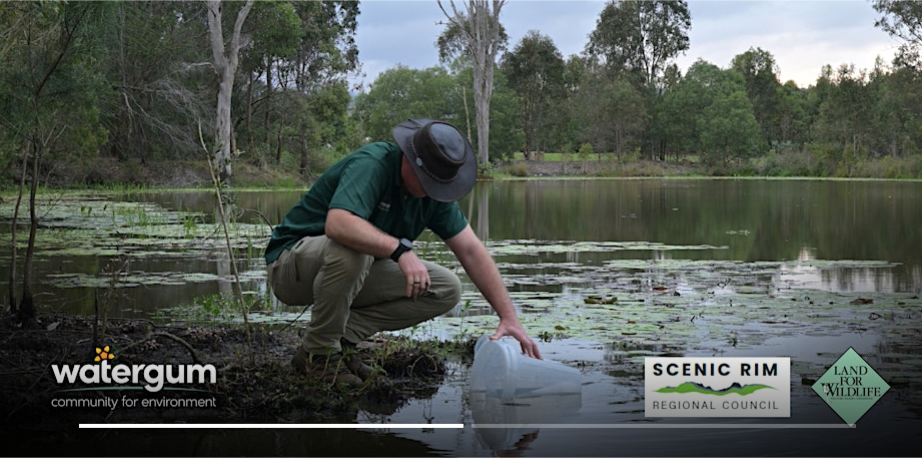
Slide title
Button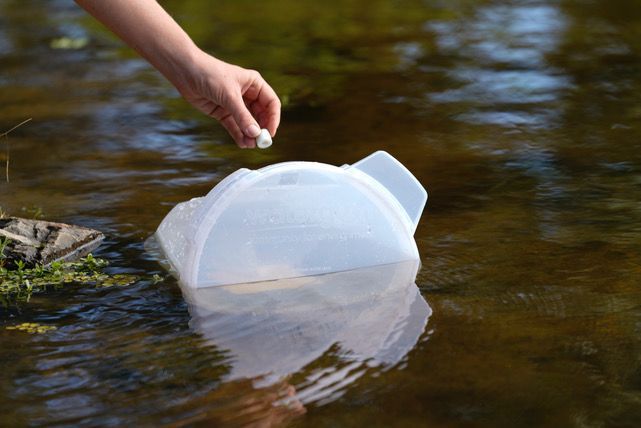
Slide title
Button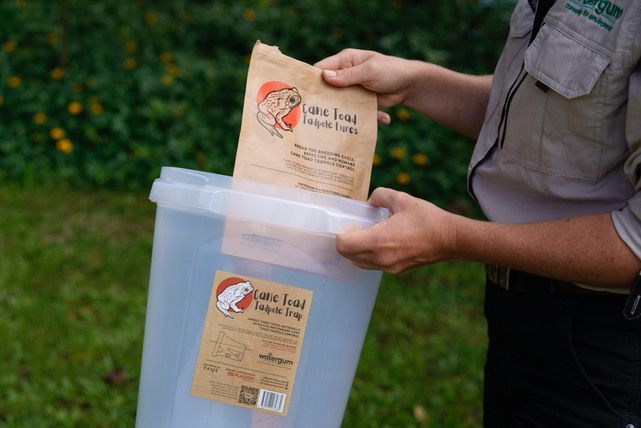
Slide title
Button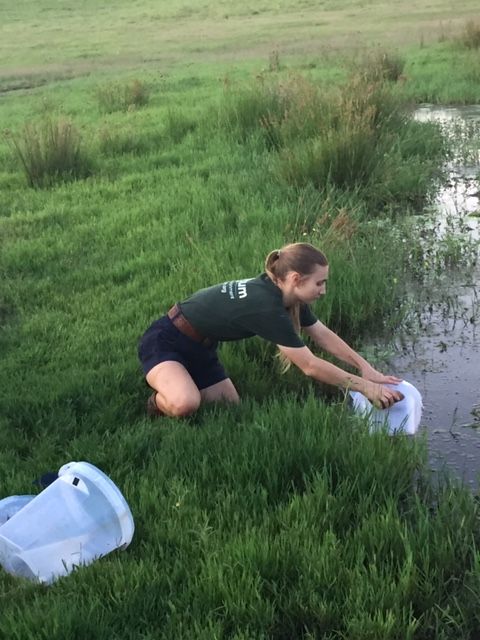
Slide title
Write your caption hereButton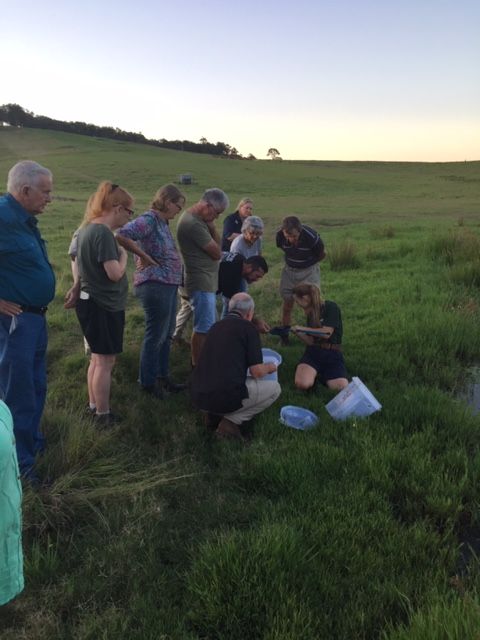
Slide title
Write your caption hereButton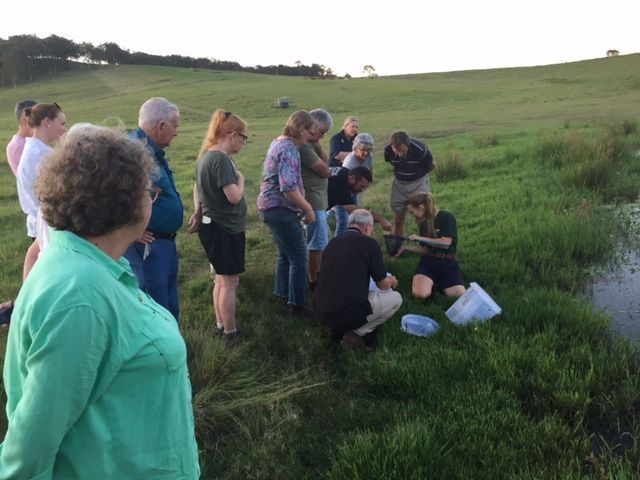
Slide title
Write your caption hereButton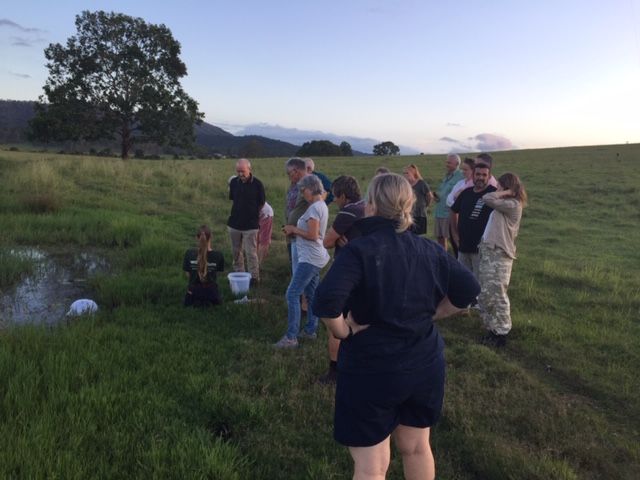
Slide title
Write your caption hereButton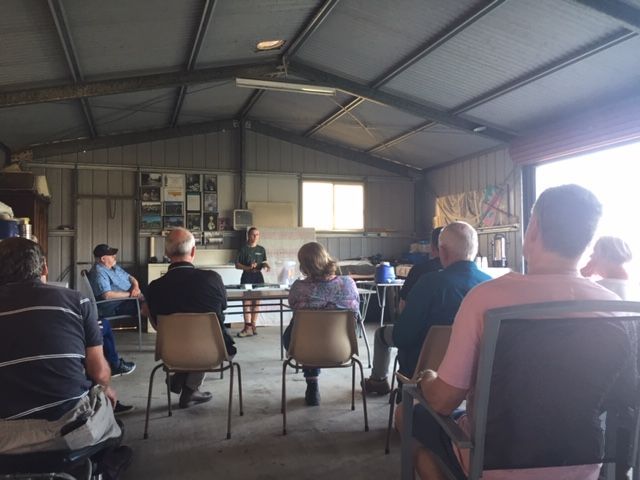
Slide title
Write your caption hereButton
For more information or the loan of a trap, contact Beaudesert Landcare by completing the “get in touch” form on this website.
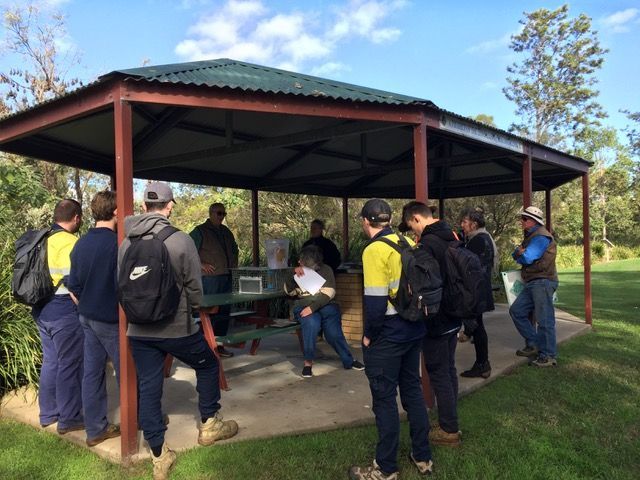
Slide title
Button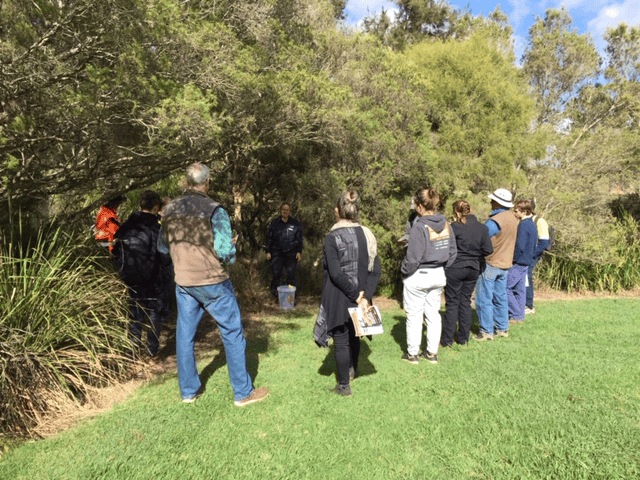
Slide title
Button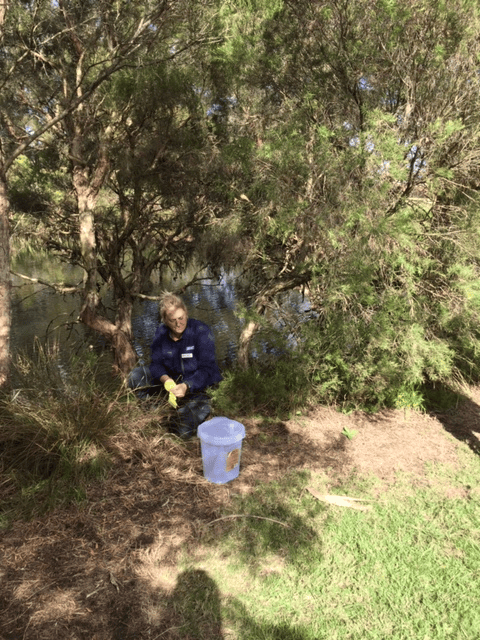
Slide title
Button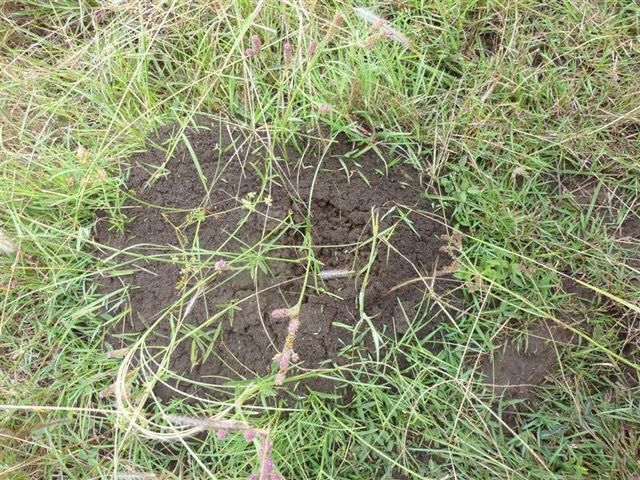
Slide title
Button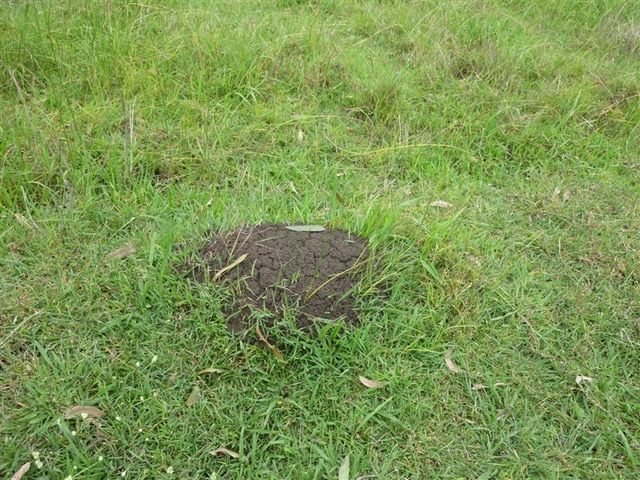
Slide title
Button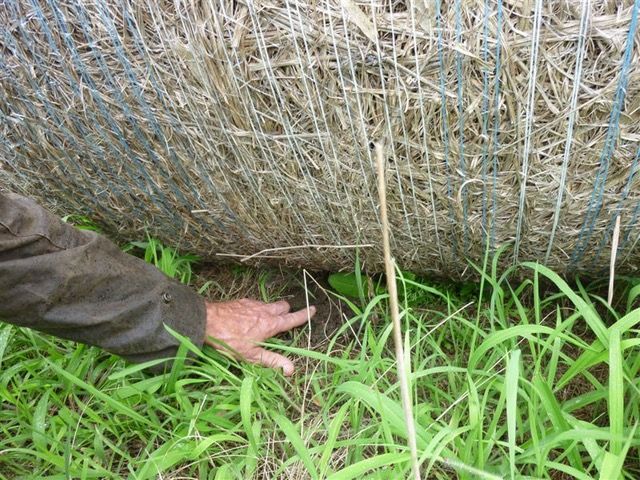
Slide title
Button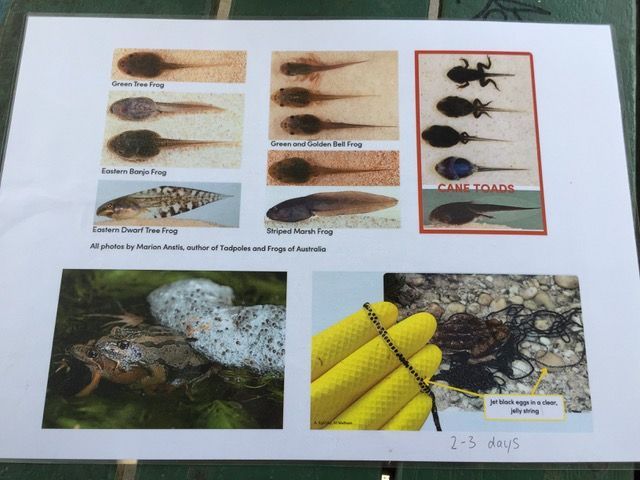
Slide title
Button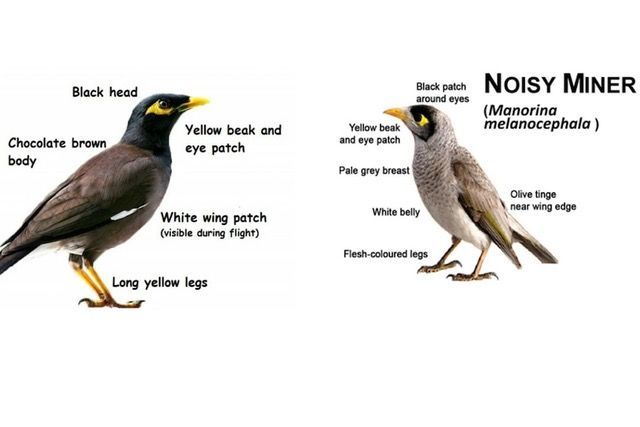
Slide title
Button
Slide title
Button
Lures, Traps and Habitats

Beaudesert Landcare and Scenic Rim partner in a workshop about invasive pest species in our region and what we can do to help.
On the first Friday in July, Beaudesert Landcare partnered with the Scenic Rim Council Officers and held an information workshop in Lions Park in Beaudesert. The participants were provided with information and practical demonstrations related to Cane Toad Tadpole Lures, Indian Myna Traps and Fire Ants and their habitat. We were joined by Catherine Madden - Senior Biodiversity Officer and Edwina Sivell - Senior Biosecurity Officer.
Catherine Madden discussed the Cane Toad Tadpole Lures and provided a demonstration of the Tadpole trap – ideal for capture in your creek or dam or pond. Cane Toads are prolific breeders and each female can produce 8,000 -25,000 eggs each times she reproduces. By simply setting up a trap and returning a few hours later you can remove hundreds of Cane Toad tadpoles. The lures are Australian made and originally developed by the University of Queensland…………. further info…… mail@scenicrim.qld.gov.au or visit landcarebeaudesert.com.au Beaudesert Landcare will be providing opportunities for private landholders to have a Cane Toad Tadpole Lure on loan – information will follow next month.
Leo Goggins, from Beaudesert Landcare, discussed Indian Myna birds, an introduced pest whose presence in ever-increasing numbers is threatening native birds and hollow-dwelling animals in the Scenic Rim region. They are an invasive species, opportunistic and eat almost anything. Indian Mynas were listed as one of only three birds among “100 of the World’s Worst Invasive Species”. They are very messy birds, evicting animals and birds from nests, attacking chicks and breeding in tree hollows rendering them unusable by other wildlife. These birds breed quickly and can raise multiple clutches each year, with up to 5 chicks per clutch.
Beaudesert Landcare has a campaign, financing the Beaudesert Men’s shed to make cages to distribute throughout the community. You can help you capture these PESTS. If you would like to be involved and have a cage trap …………Call 0439 957758 or contact Beaudesert Landcare via our webpage – www.landcarebeaudesert.com.au.
Edwina Sivell outlined the shared responsibility we all have for invasive weeds, or invasive animals and Fire Ants. Working together is essential. Human assisted movement is the greatest risk when it comes to spreading fire ants - if you are moving carriers of fire ants (eg soil, mulch, hay etc) check that you are using safe practices, and report all or suspected sightings - a legal obligation under the Biosecurity Act of 2014 - call 132523 Department of Agriculture and Fisheries. Key message ………..Inspect, Report, Treat if you are able. Any questions ………… mail@scenicrim.qld.gov.au
We hope to provide more information workshops in the future, contact Beaudesert Landcare with your ideas or needs.
Canungra Creek Rehabilitation Project

This project is a joint venture with the Scenic Rim Regional Council and Beaudesert Landcare.
This community project came to fruition as a result of interested community members approaching Beaudesert Landcare for support, help and information.
We distributed our Weed Brochure through the ‘new residents’ scheme with support of our local member Scott Buchholz.
A member of the community used the weed brochure to identify weeds along the creek and park area along Roxborough Street in the Finch Road estate.
And the project began ………………..
The planting program of trees and shrubs to stabilise and rehabilitate the area along Roxborough Street were planted on the 26th of November.
The shrubs and trees were supplied by Scenic Rim Regional Council, planting areas were designated and holes will be dug.
On a Saturday in November - 2022, we planted 320 trees along the banks of Canungra Creek as it borders the Roxborough St Park in the Finch Road Estate.
We sent 2 letterbox drops seeking Expression of interest and also commitment to the project from the local residents.
We initially had a response for 12 volunteers, however on the day our numbers were halved.
We did plant all 320 trees and shrubs on such a hot day with the help and enthusiasm of the residents and volunteers.
The plants have been watered using our water carrier and have been watered (by Maryann and Leo) on a regular basis - 2 or 3 times a week depending on the weather.
The trees and shrubs were planted in height stages with smaller natives at the front and the larger pioneer trees at the back towards the creek bank.
Trees / Shrubs Planted -
- Blue Quandong
- Red Apple
- Broad Leave Apple
- Bleeding Heart
- Forest Red Gum - Blue Gum and Iron Gum
- Red Ash or Soap Tree
- FoamBark
- Creek Sandpaper Fig
- Brow Laurel
- Giant Water Gum
- Yellow Cedar
- Wild Yellow Jasmine
- Native Daphne
- Weeping Creek Bottlebrush
- Black Wattle
- Blueberry Lily
Pioneer Trees -
- Red Cedar
- Murrogun
- Paperbark - Honey Myrtle - Tea Trees
- Wild Quince
- Acasia
- Deep Yellow Wood
- Blackbean
- Flame Tree
We hope to involve residents in a further project in 2024 and 2025
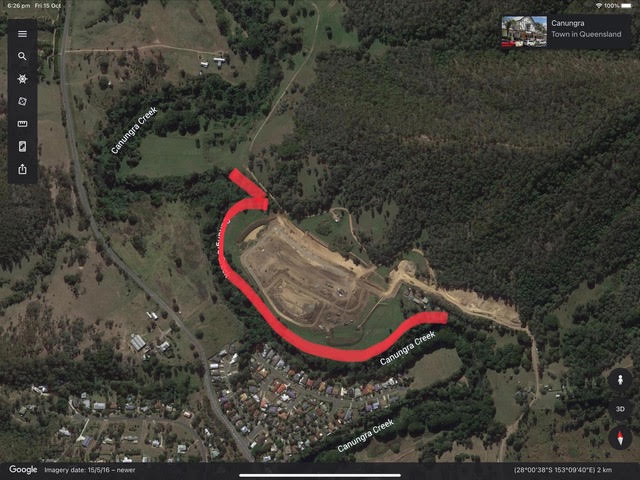
Slide title
Planned area - only a small section has been completed so far
Button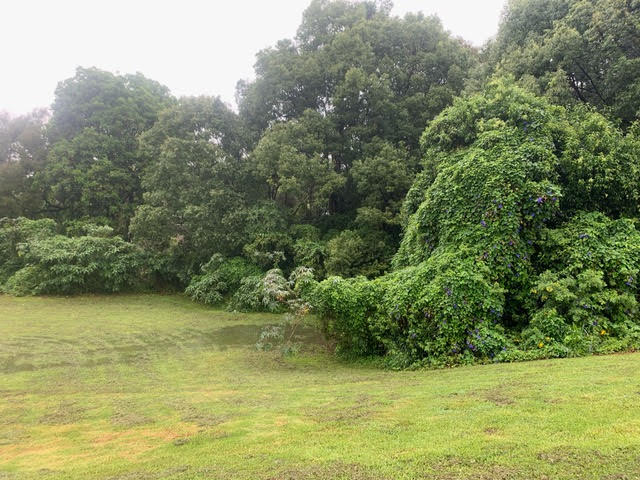
Slide title
Weeds and large pest trees and vines - before the planting
Button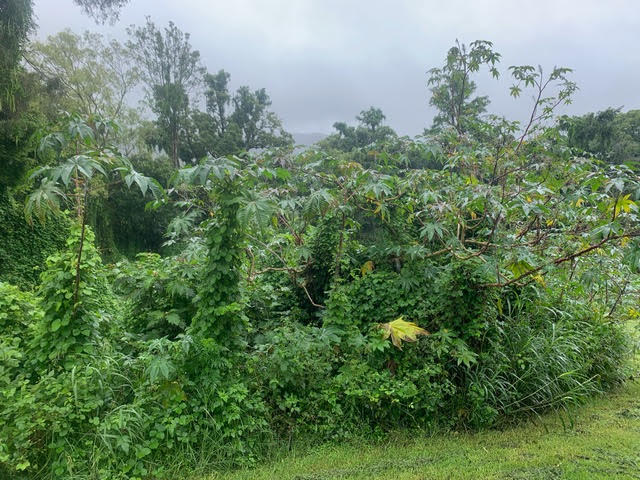
Slide title
Weeds and large pest trees and vines - before the planting
Button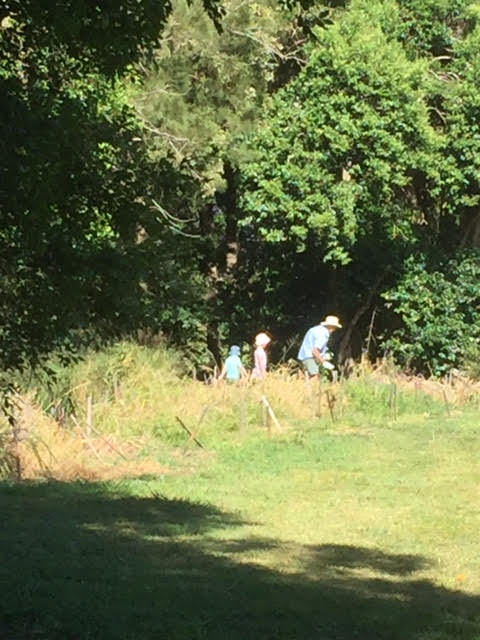
Slide title
Planting Day
Button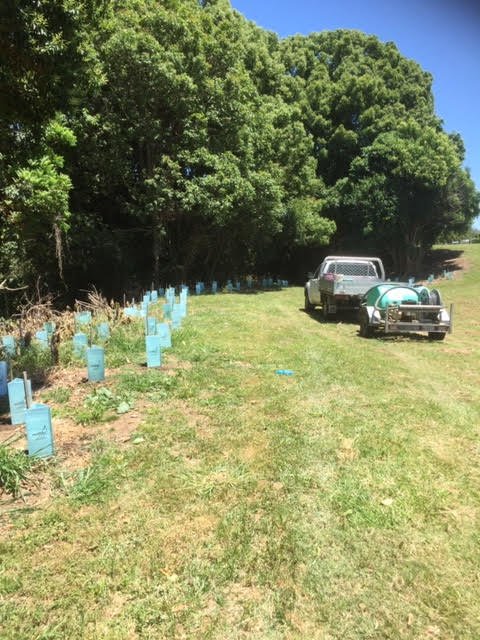
Slide title
Planting Day
Button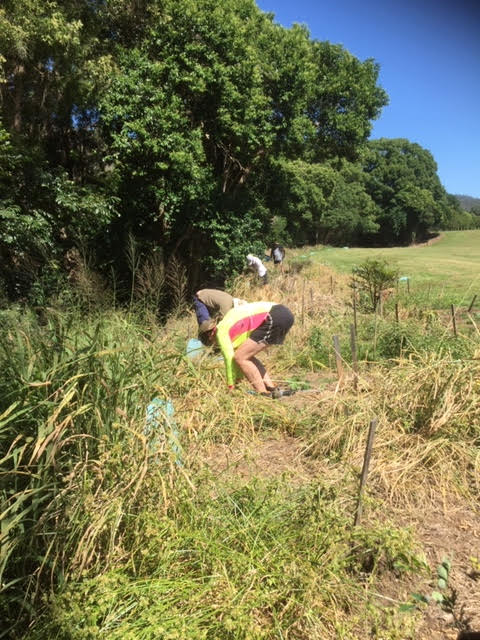
Slide title
Planting Day
Button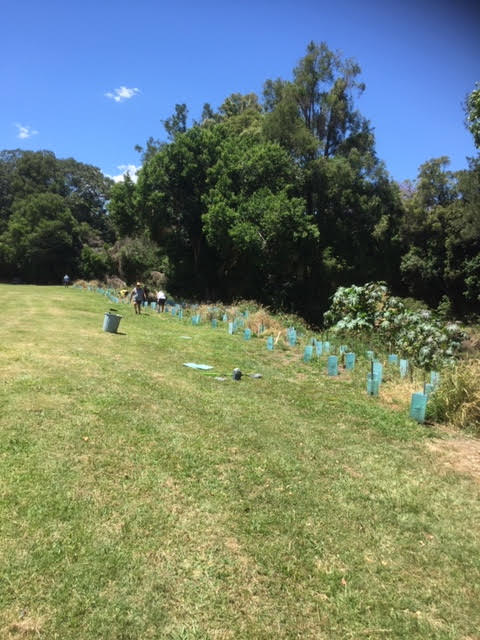
Slide title
Planting Day
Button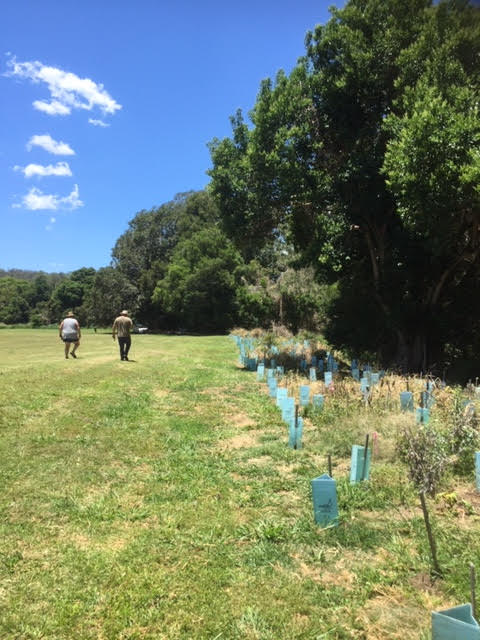
Slide title
Planting Day
Button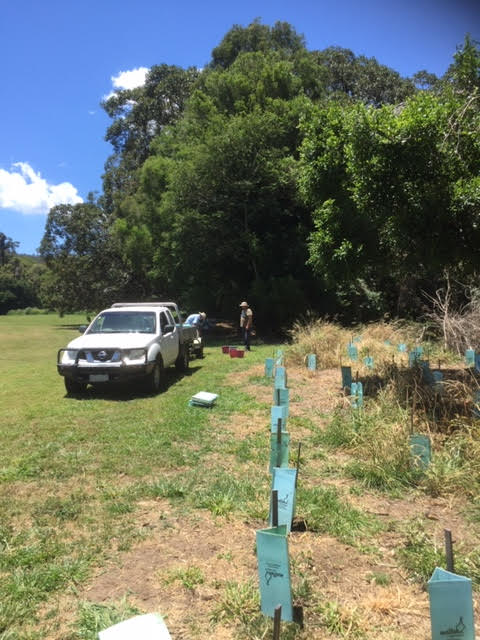
Slide title
Planting Day
Button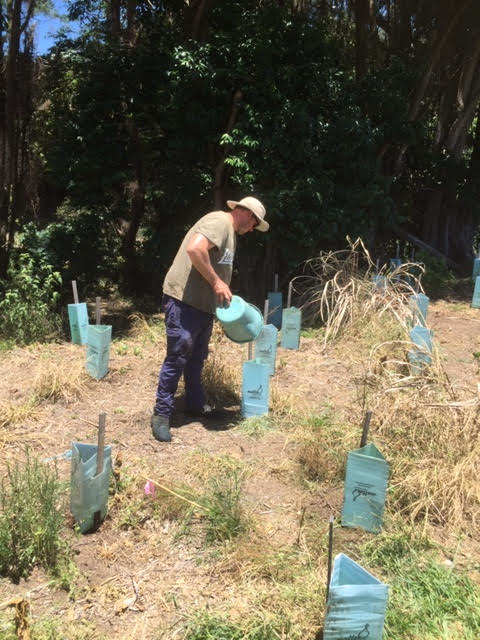
Slide title
Planting Day
Button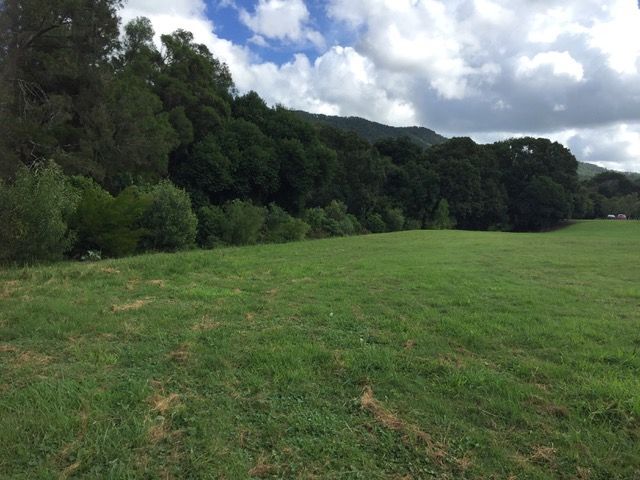
Slide title
APRIL 2024, Spraying out the regrowth of invasive woody weeds
Button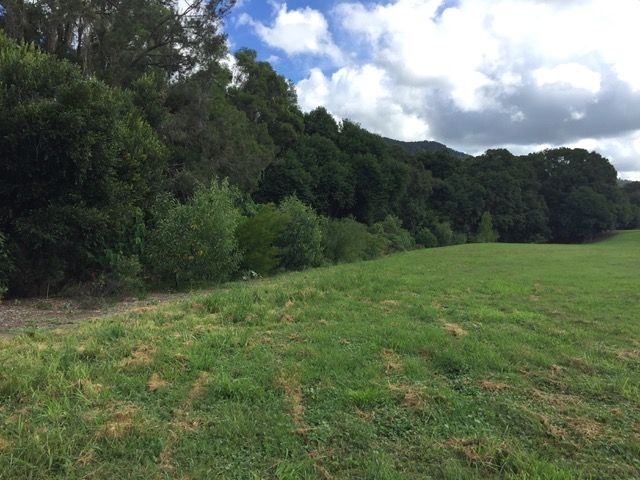
Slide title
APRIL 2024, Spraying out the regrowth of invasive woody weeds
Button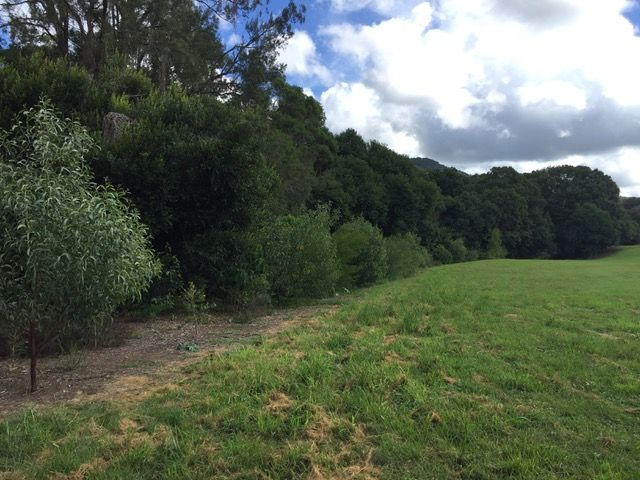
Slide title
Removal of tree guards now complete
Button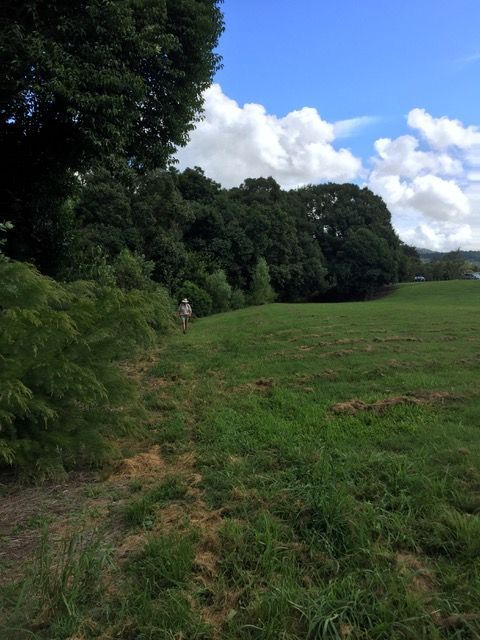
Slide title
Removal of tree guards now complete
Button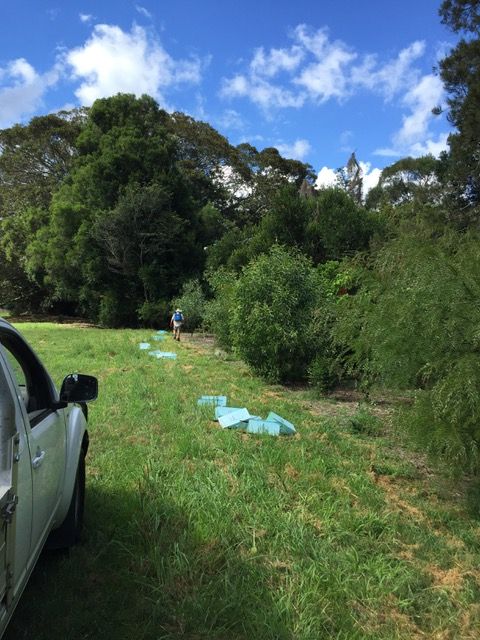
Slide title
Removal of tree guards now complete
Button
The Platypus

Limited research has been completed on how platypus are being impacted by human influences within south east Queensland. This includes the rate of decline, or the level of population extinction.
It is therefore crucial for survival of platypus that their populations and habitats are monitored to ensure that appropriate management practises are implemented.
Barney View Reserve

The project was to plant native trees to the reserve. The Barney View Reserve is a bush restoration program run by local residents, the project began in 2012 to transform a former council dump.
In 2009 a project to reclaim and re-vegetate the Barney View Water Reserve was undertaken by a group of local residents.
The reserve, situated in a sweeping curve of Barney View Road, was a weed-infested gravel pit and rubbish dump.
The Scenic Rim Regional Council provided an initial grant which has been renewed in subsequent years.
The Palen Creek Correctional Centre has provided men and machinery to mow the site fortnightly... without this valuable assistance the project would not have survived.
The weeds have been eradicated and a grass cover has been established. Large stands of trees have been planted and the reserve now resembles a large and beautiful park.
Local residents who provide in-kind assistance have assisted the project. During dry periods it has been necessary to employ labour to transport water to the site.
A small group of volunteers, initially led by the late John Allen, has planted many trees which were then mulched, weeded and fertilised. They have also made tree-guards to deter wallabies and, last few winters, added frost cloth.
A table and bench chairs and a large dedication stone have been added.
Landcare which provides Public Liability Insurances, and maintains the finances supports the project.
Since 2000 Landcare has provided finances for maintenance of the Reserve.
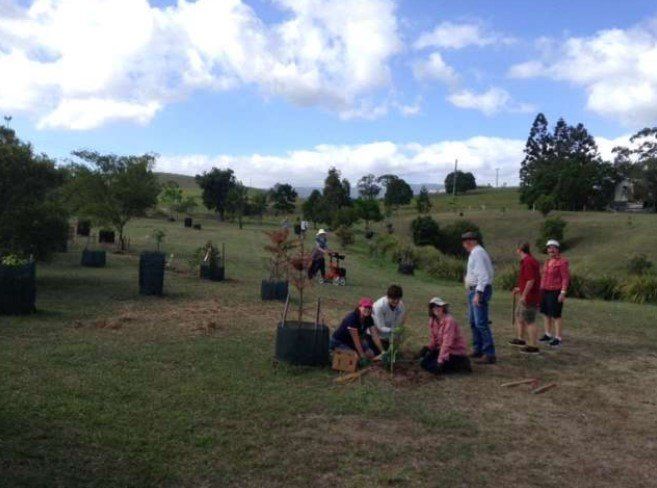
Slide title
Button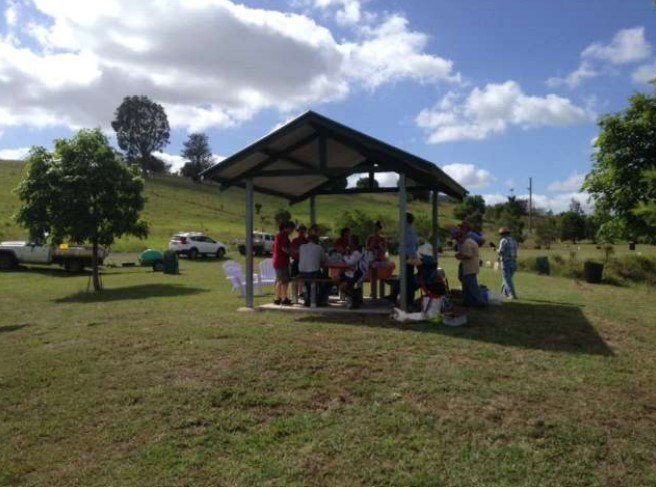
Slide title
ButtonSlide title
Button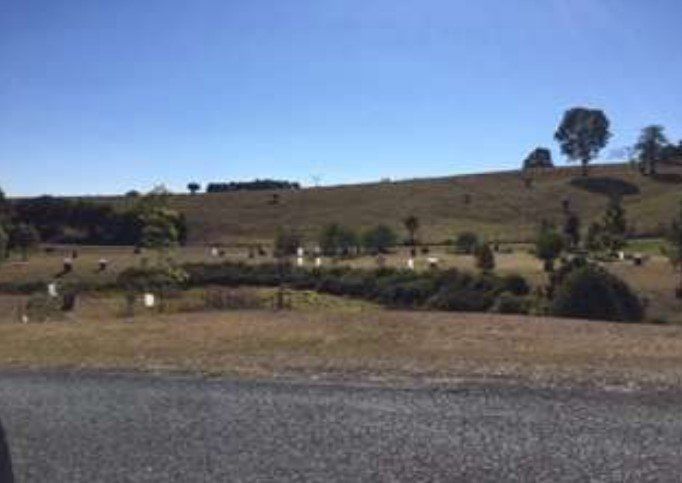
Slide title
Button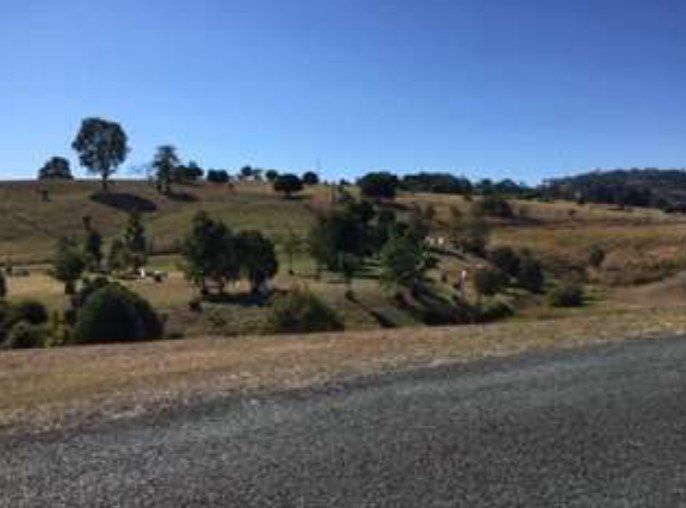
Slide title
Button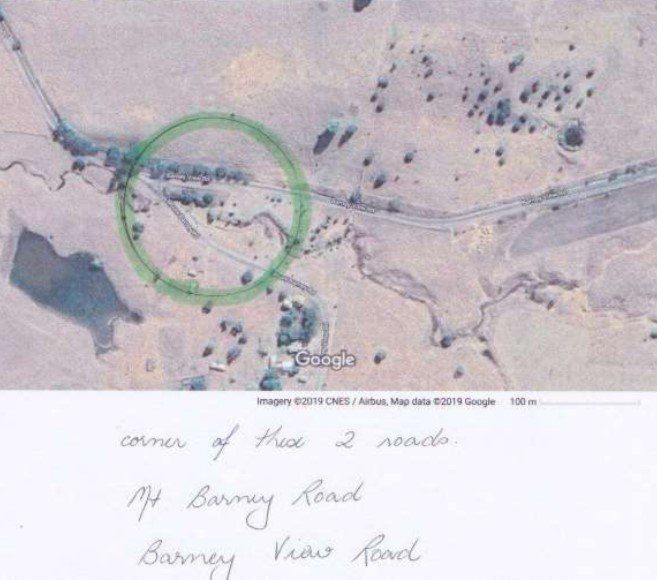
Slide title
ButtonSlide title
Button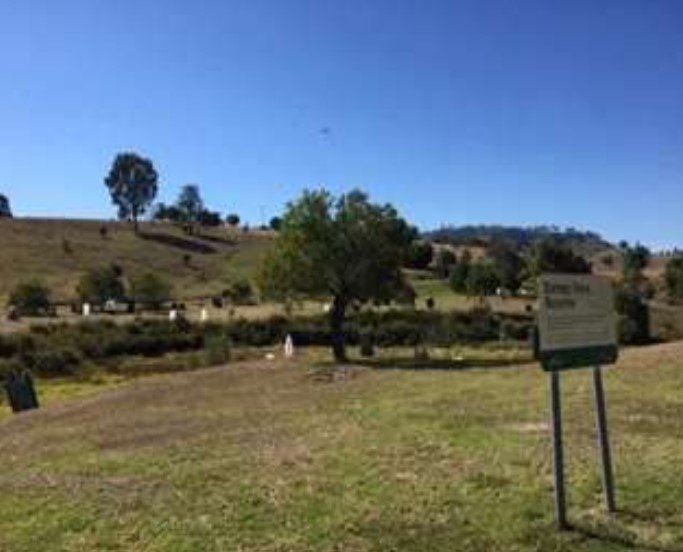
Slide title
Button
Slide title
Button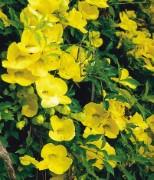
Slide title
ButtonSlide title
Button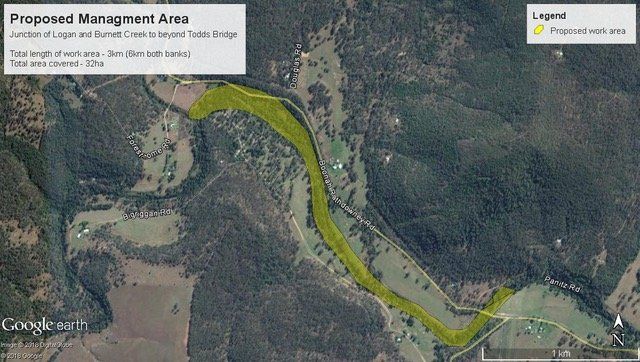
Slide title
Button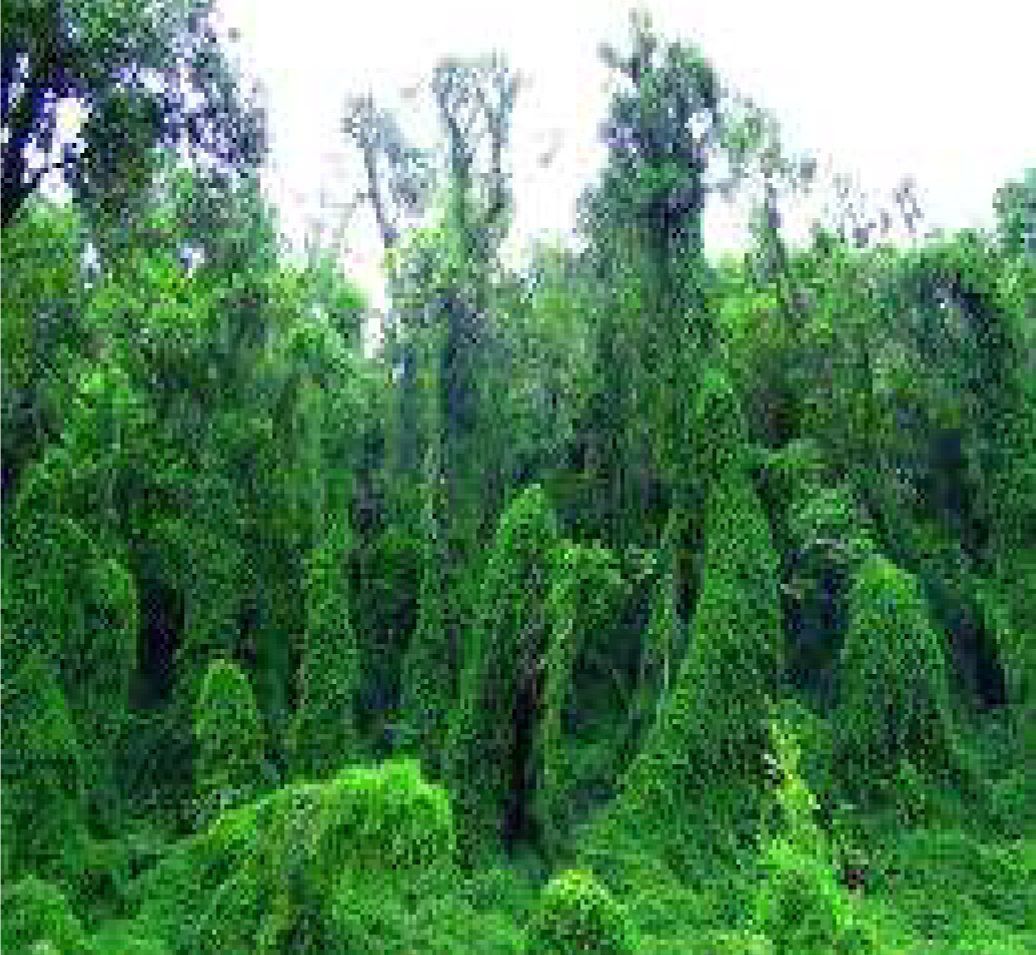
Slide title
Button
Cats Claw Creeper

Beaudesert Landcare group is a community based group that has been delivering sustainable agriculture and environmental stewardship in the upper reaches of the Logan River Catchment over the past 6 years.
We have already successfully undertaken control of what was extensive Cat’s Claw Creeper infestation along the upper Logan River, beginning at its source.
This project will extend our previous work targeting the Cat's Claw Creeper further along the upper Logan River, continuing past the junction with Burnett Creek.
The aim of the project is to reduce the impact and spread of established growth of Cat's Claw along the riparian areas and will opportunistically target Chinese Elm, Eastern Cassia, Lantana, Green Cestrum, and Madeira Vine.
The project will be delivered in several integrated parts.
In 2021, an area of 32 hectares(managed area) along a 3 km (6 km - both sides) reach of the river will be targeted.
A multifaceted approach to weed control will be adopted that includes, but not limited to:
- Mapping infestations: to priorities and adopt appropriate control strategies
- Engaging contractor to undertake works.
- Use multiple management techniques including herbicide and biological control agents - a longer term strategy where mechanical/chemical control methods are not feasible
- Monitoring and reporting on progress and achievements by volunteers with photos points.
- 2 Field day(s) to demonstrate herbicide control to local landholders and bio-control release. This will encourage landholders and members of the community towards successful management practices
- Monitoring and reporting on progress and achievements.
- Release of bio-control Jewel Beetles at several sites above the treated area - 10,000 beetles to be released.
The project will be integrated through the community with information flyers, publications, field days and consultation with other environmental groups.
* Meeting of Beaudesert Landcare Volunteer Committee, the Contractor and Landholders to discuss the project site and timeline for the on- ground work. Contractor to view site and dicuss the appropriate measures and treatment - including time for biological control.
* Beaudesert Landcare Committee liaises with landholders.
* Contractor visits sites and decides site entry and begins herbicide control.
* Initial photo points are taken at each site before commencing herbicide control.
* LIMITING FACTOR for the length of the project the WEATHER is a critical factor.
* Appropriate sites for biological control and timing of Field day for landholders and community participation.
* Contractor's Daily Record sheets and Herbicide Distribution sheets indicating progress and his comments (only "Frog friendly" herbicides to be used in riparian areas).
* Landholders commitment for ongoing maintenance and follow-up (signed agreement)
This project has been successful with the support of SEQ Catchments and our local member Scott Buchholz
Jewel Beetles

The Beaudesert Landcare group has released the minute Jewel Beetle as part of their campaign against the insidious Cat’s Claw Creeper. This introduced, invasive plant causes considerable damage to water quality by destroying trees and native vegetation, causing erosion and changing soil chemistry. There were more than 12 participants in attendance.
Beaudesert Landcare in conjunction with ‘Healthy Water Water’, has had an ongoing campaign to control this weed in the upper Logan River catchment and now Burnett Creek along the Boonah Rathdowney Road.
Contractor and weed specialist, Craig Over, explained to local and interested parties that while manual cutting and poisoning has had good effect, some areas are very difficult to access. The minute Jewel Beetle, an approved and tested biological control, can be very useful. At two sites, along Burnett Creek, 2000 beetles were released.
“Cat’s claw creeper (Dolichandra unguis-cati (Bignoniaceae) is a serious environmental weed. It presents a threat to riparian and rainforest ecosystems and is often found in inaccessible locations that are not suitable for chemical or physical control methods.
This makes biological control an important tool for managing this weed.
The jewel beetle Hylaeo¬gena jureceki was approved for release in Australia in May 2012.
Multiple and single releases have been made at sites with the number of insects released ranging from 200 to 1500.
Post-release monitoring before and after winter found the beetle persisting at 73% of release sites in southeast Queensland. Within the release sites, the beetle appears to disperse widely, up to 100 m over a 15 month period. Based on these early field results, it appears that the beetle will establish and spread in Queensland and New South Wales.
In addition to direct field releases, the beetle has been supplied to various community and Landcare groups for breeding and field release. This will hasten the spread of the insect to a wider area. It is expected that the jewel beetle will complement the leaf-sucking tingid (Carvalhotingis visenda) and leaf-tying moth (Hypocosmia pyrochroma) that were released in 2007.”
DAF Queensland Government
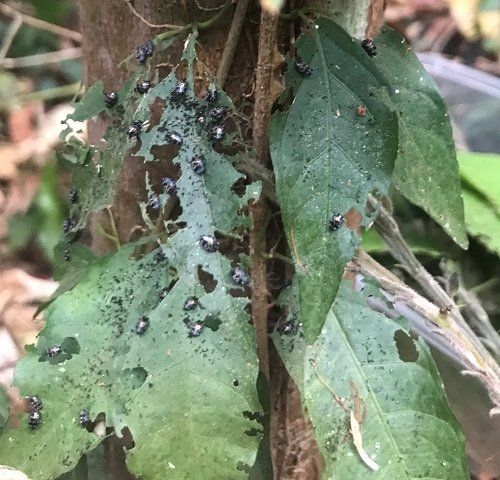
Slide title
ButtonSlide title
ButtonSlide title
ButtonSlide title
ButtonSlide title
ButtonSlide title
ButtonSlide title
ButtonSlide title
Button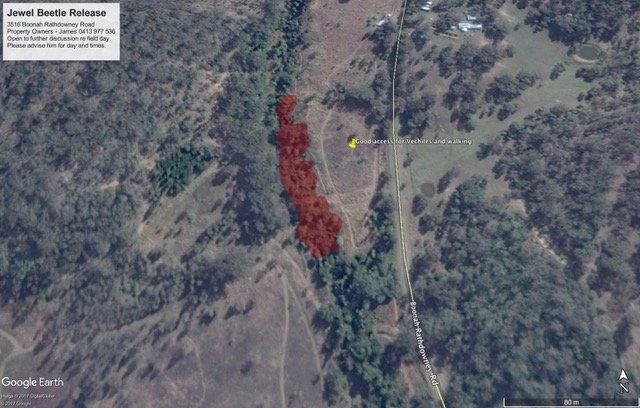
Slide title
Button
Indian Myna Birds

Indian Mynas also know as Common Mynas, are an introduced pest in our landscapes, their presence in ever-increasing numbers also threatening native birds and hollow-dwelling animals in the wild. They are an invasive species, opportunistic and eat almost anything.
Mynas were listed as one of only three birds among “100 of the World’s Worst Invasive Species” by the World Conservation Union (IUCN)Species Survival Commission in 2000. In Australia, the common myna is considered to threaten native biodiversity due to their territorial behaviours and nest cavity competition. ABC Wildwatch survey in 2005 declared the Indian Myna as the most significant pest in Australia and they’ve become a lot more of a problem since.
They are very messy birds, evicting animals and birds from nests, attacking chicks and breed in tree hollows rendering them unusable by other wildlife. This is of great concern as tree hollows have become an increasingly limited resource for many native animals and birds. They breed quickly and can raise multiple clutches each year, with up to 5 chicks per clutch.
Indian Mynas have a chocolate brown body, black head, yellow beak, long yellow legs, and white patches on their wings (which are prominent when flying).
Beaudesert Landcare commenced the initial campaign several years ago, financing the Beaudesert Men’s Shed to make over 40 cages which have been distributed throughout the community and further afield. One Landholder at Bromelton has removed over 500 of these pests.
Tiffany the co-ordinator of the Men’s Shed welcomed the opportunity to become a partner again and we appreciate her enthusiasm and help in this worthwhile project.
If you would like to be involved …………. Call 0439 957758 or contact Beaudesert Landcare via our webpage – www.landcarebeaudesert.com.au
Spot the Differences
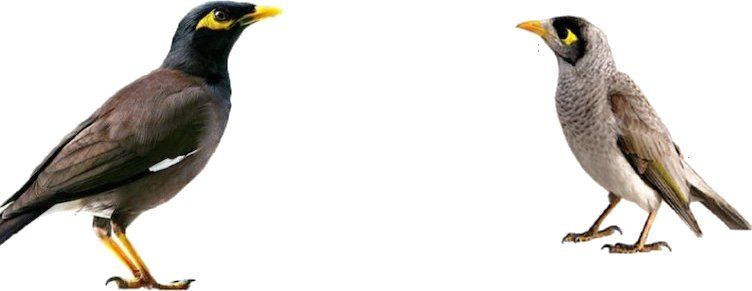
| Indian Myna Birds | Noisy Miner(Manorina Melano Cephala) |
|---|---|
| Black Head | Black Patch Around Eye |
| Yellow Beak and Eye Patch | Yellow Beak and Eye Patch |
| Chocolate Brown Body | Pale Grey Breast & White Belly |
| White Wing Patch(Visible During Flight) | Olive Tinge Near Wing Edge |
| Long Yellow Legs | Flesh-Coloured Legs |
Fire Ants

Fire ants have greater ecological impacts than most ants because they reach extremely high densities. An assessment of their likely impact on 123 animals in southeast Queensland predicted population declines in about 45% of birds, 38% of mammals, 69% of reptiles and 95% of frogs.
These ants damage crops, rob beehives and kill newborn livestock. During dry times they dominate the margins of dams and livestock cannot reach water without being seriously stung.
The National Red Imported Fire Ant Eradication Program has a major fire ant baiting program across areas of the state’s south east.
Helicopters and ground crews will be spreading a non-toxic bait in key risk areas of the Lockyer Valley, Scenic Rim, Ipswich and the Gold Coast.
The bait treatment season is from September through to May, weather permitting.
The bait is not harmful to humans or animals as it is specifically targeted at fire ants. It is made from corn grit soaked with an insect growth regulator. It is not sprayed, but is spread by hand, quad bike or helicopter across outdoor areas including backyards, gardens, parklands and paddocks.
The bait distribution will vary depending on the size of properties and accessibility.
The bait does not kill the ants directly but sterilises the queen ant. When she can no longer produce worker ants the colony dies out.
Check out the treatment video: https://www.youtube.com/watch?v=tw_Te760TBM
You can find out more on the treatment program at fireants.org.au or call 13 25 23.
For further details on these and other weeds, contact Scenic Rim Regional Council’s weed control section on
Keep Your Own Patch Clean
07 5540 5111
Produced by Beaudesert Landcare
Weed Infestation Costs Australia $4 Billion Each Year
If We All Do Our Little Bit It Will Make a Difference
Keep Your Own Patch Clean
